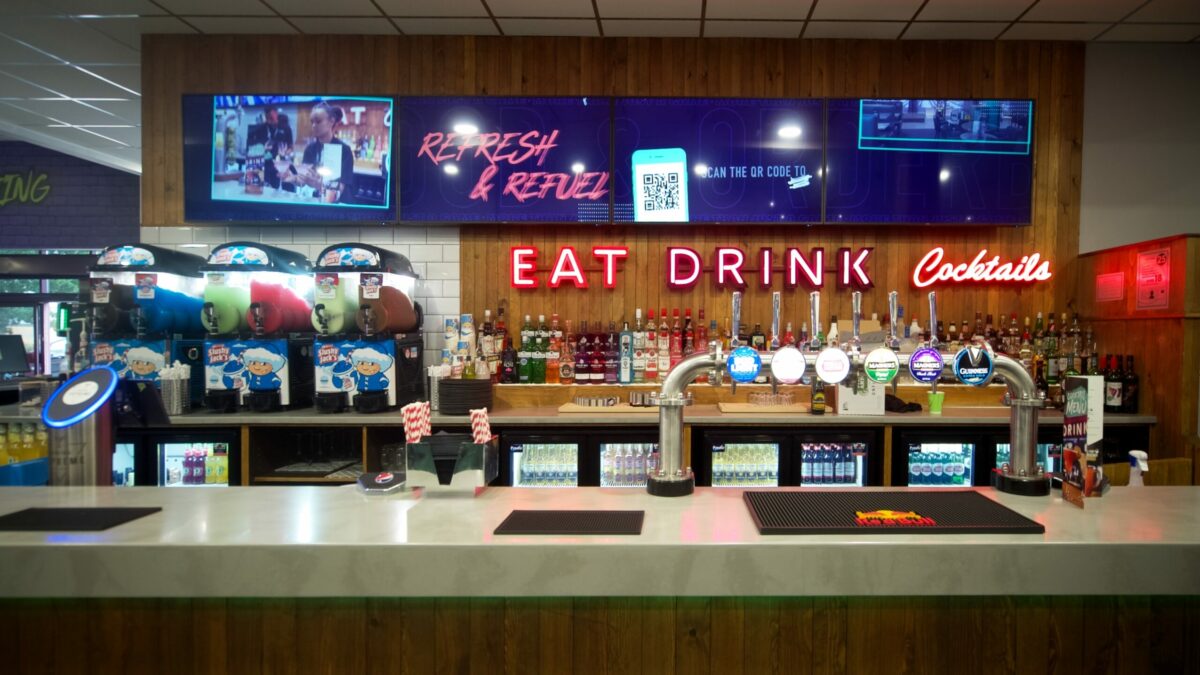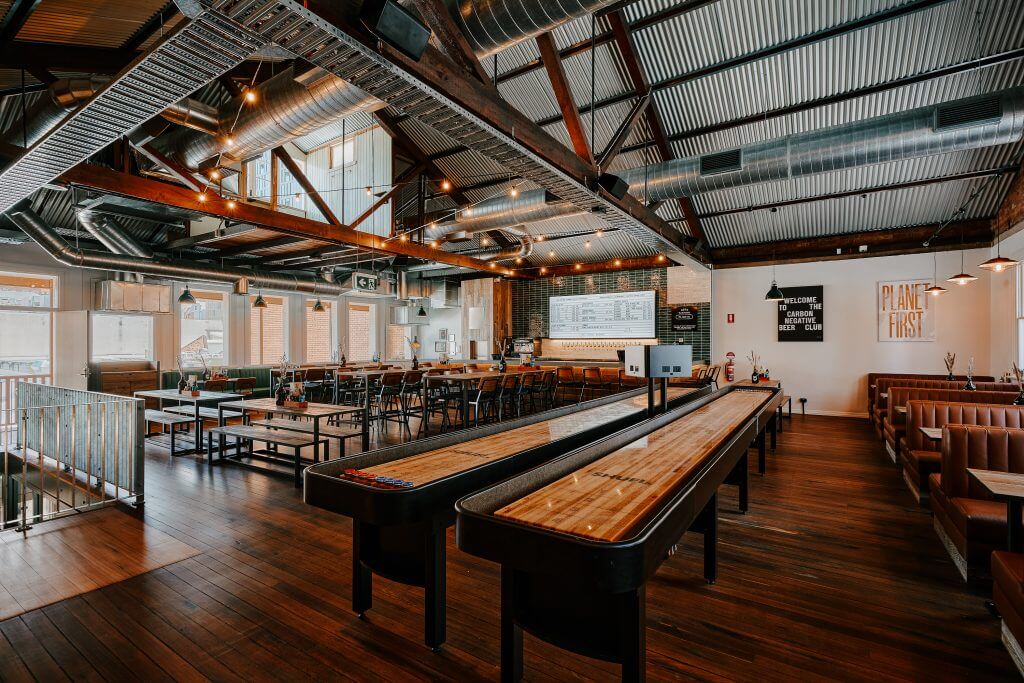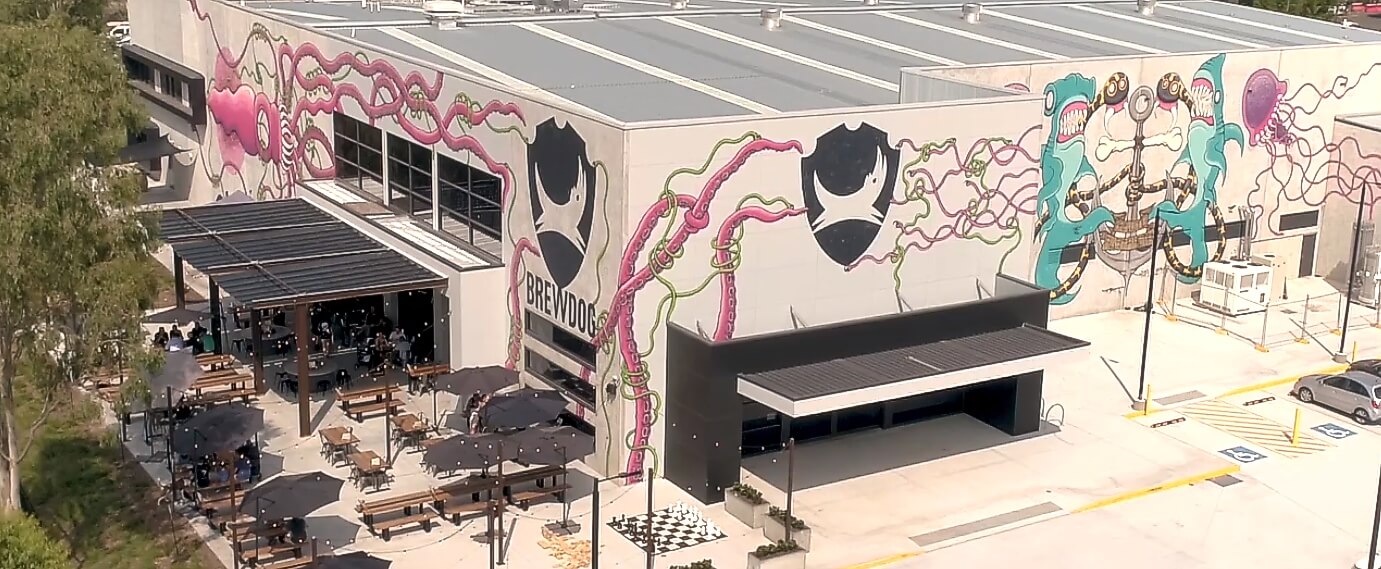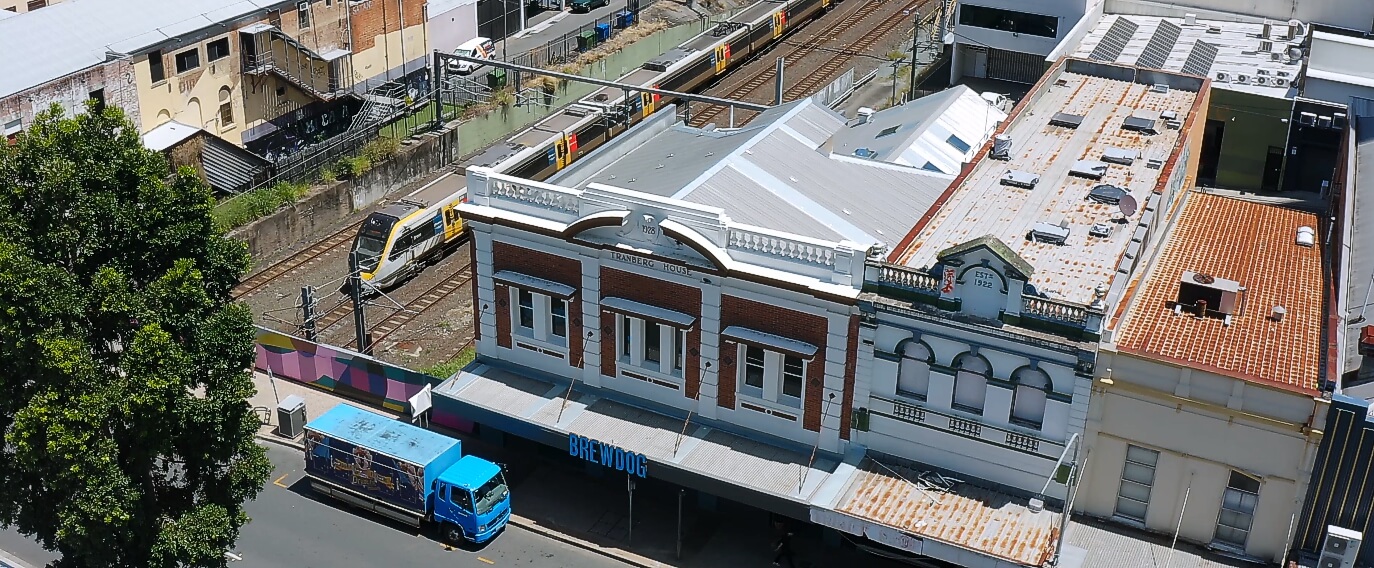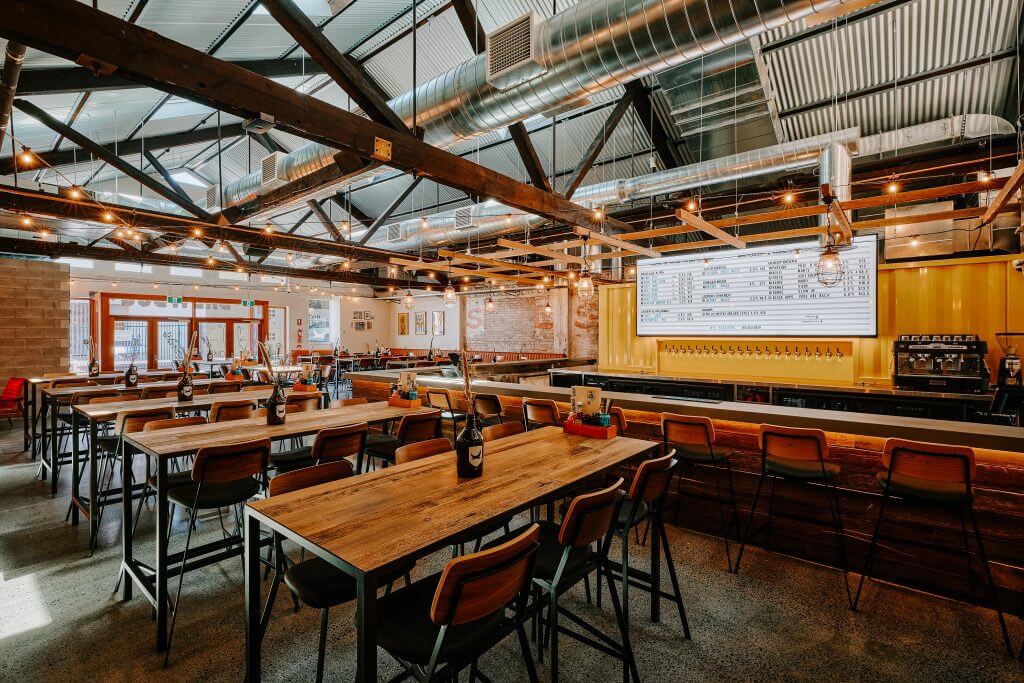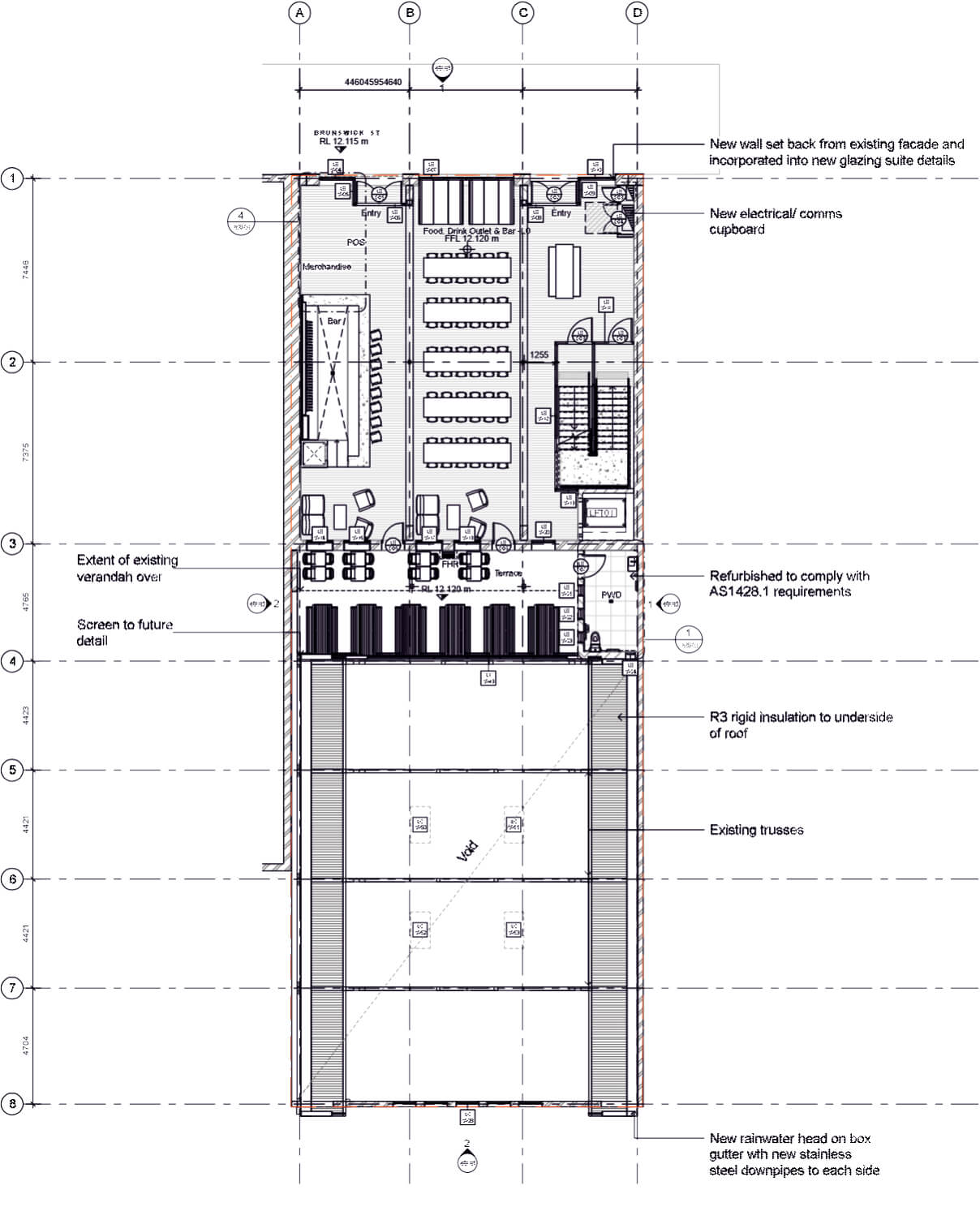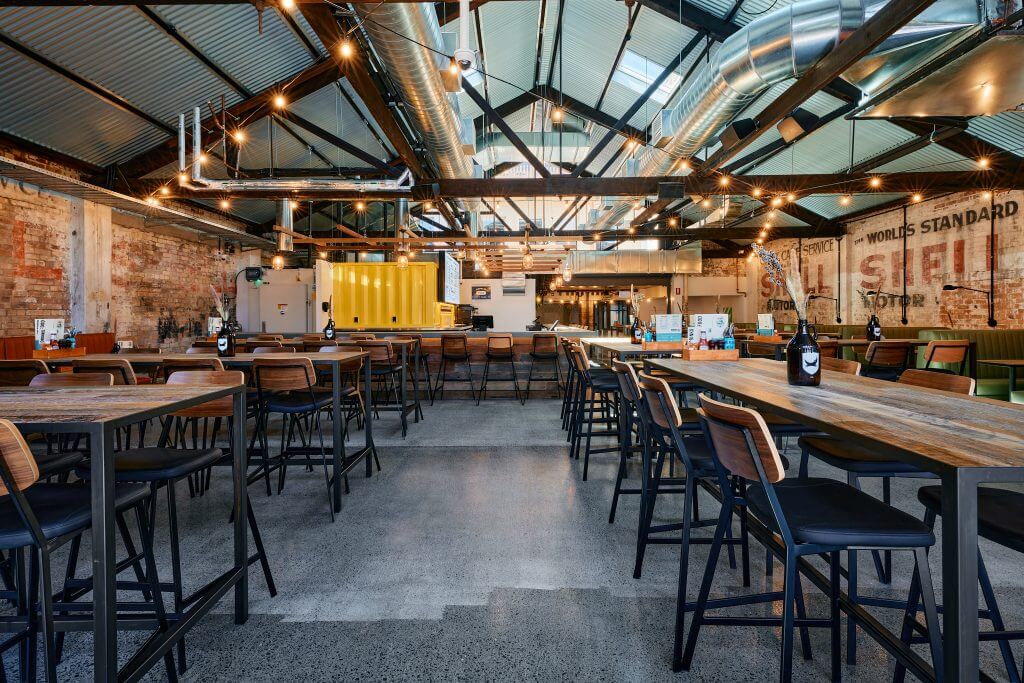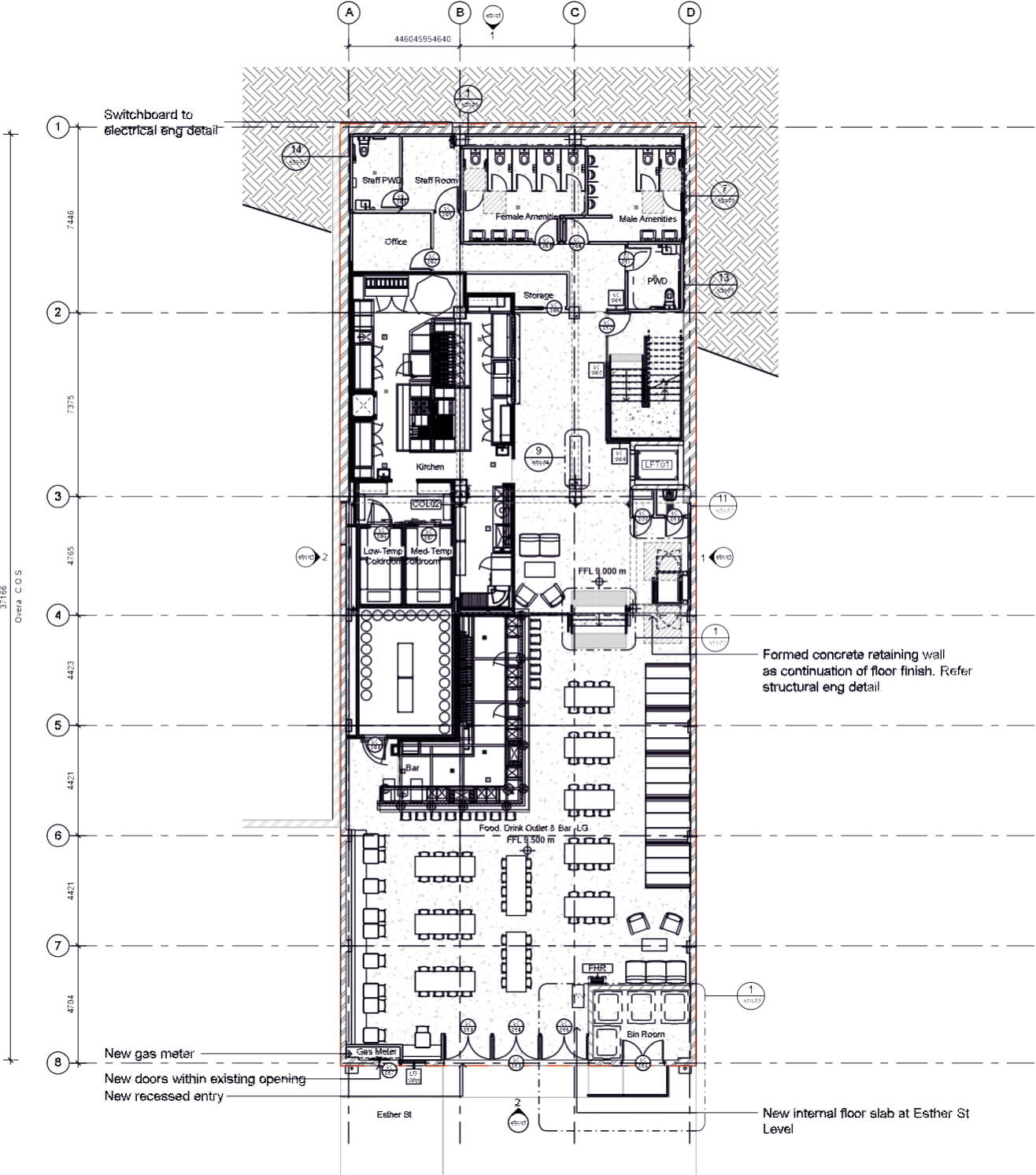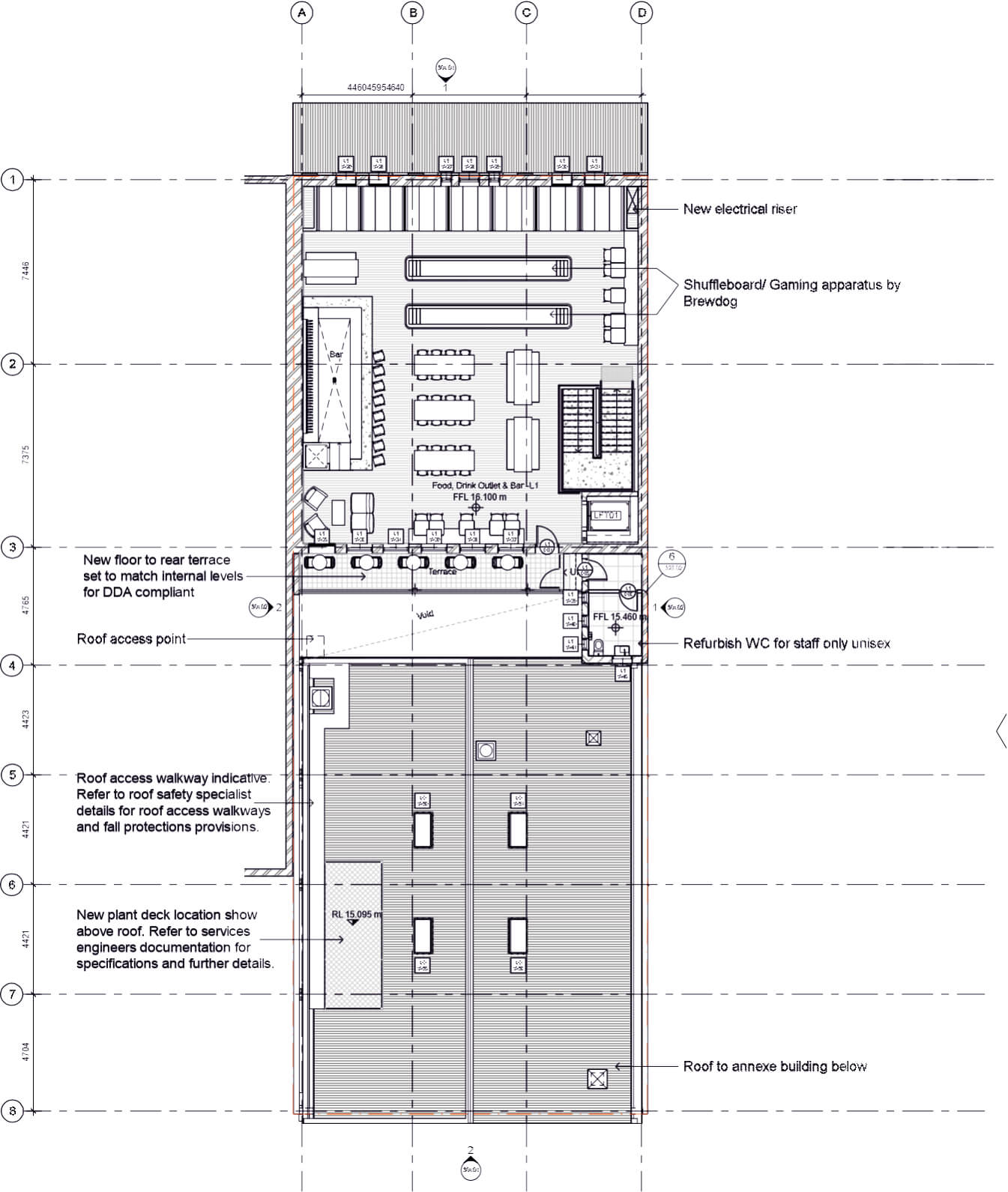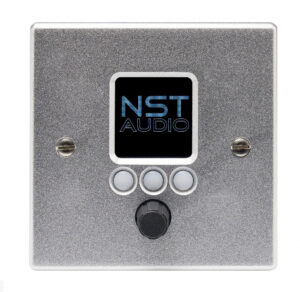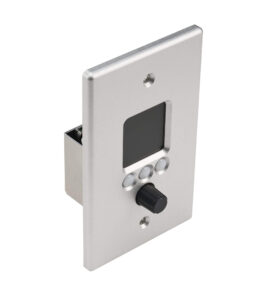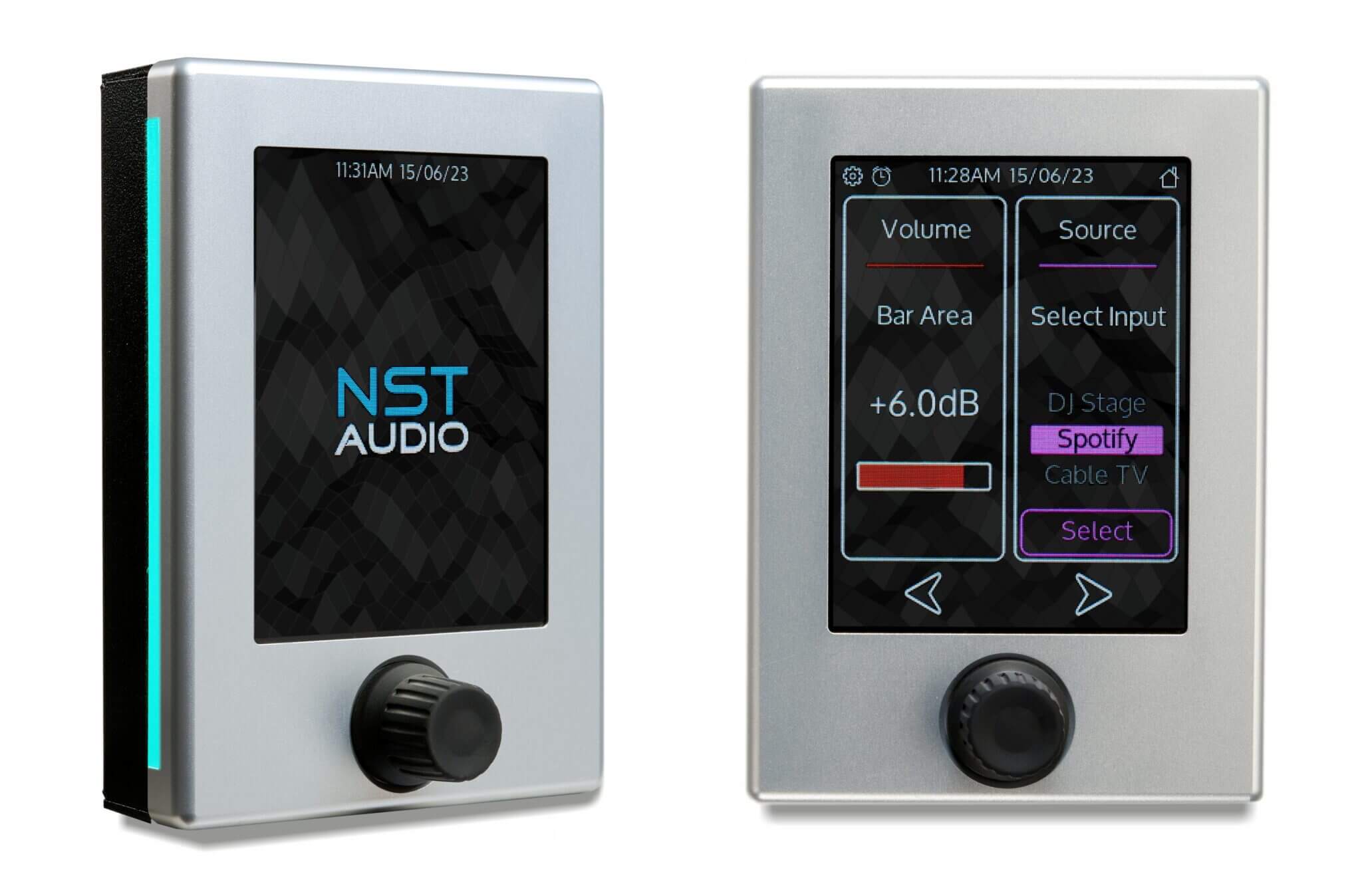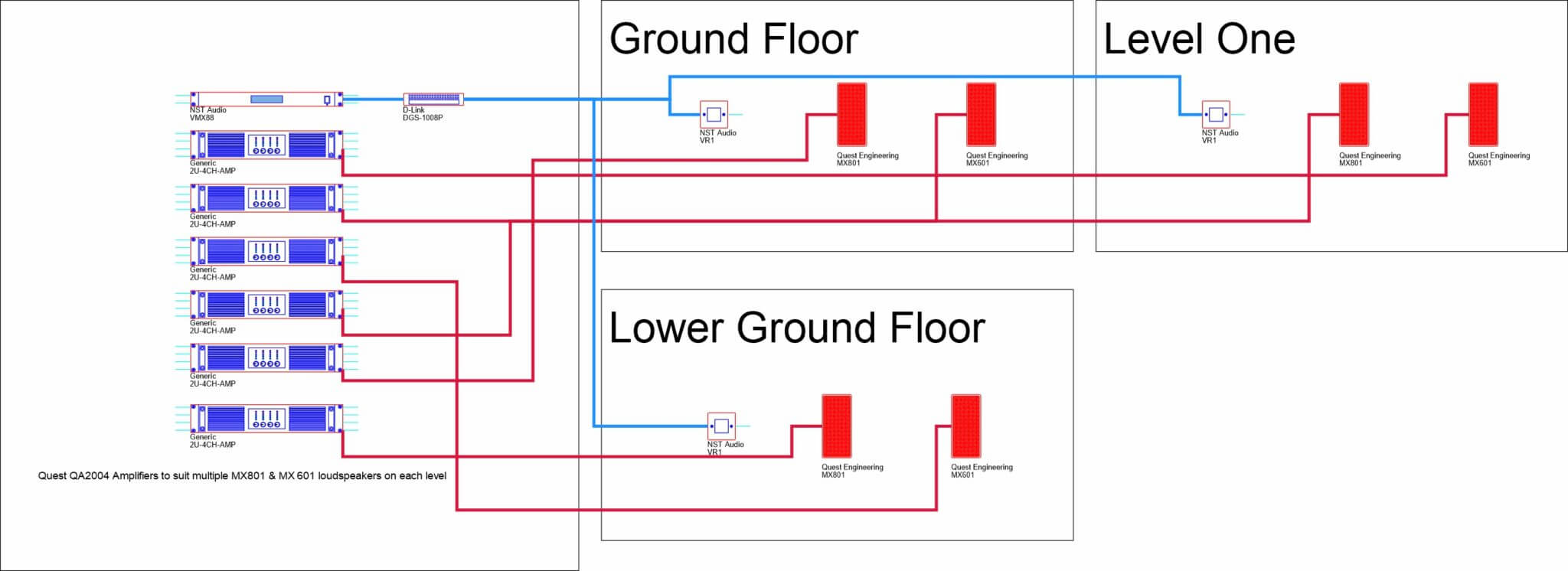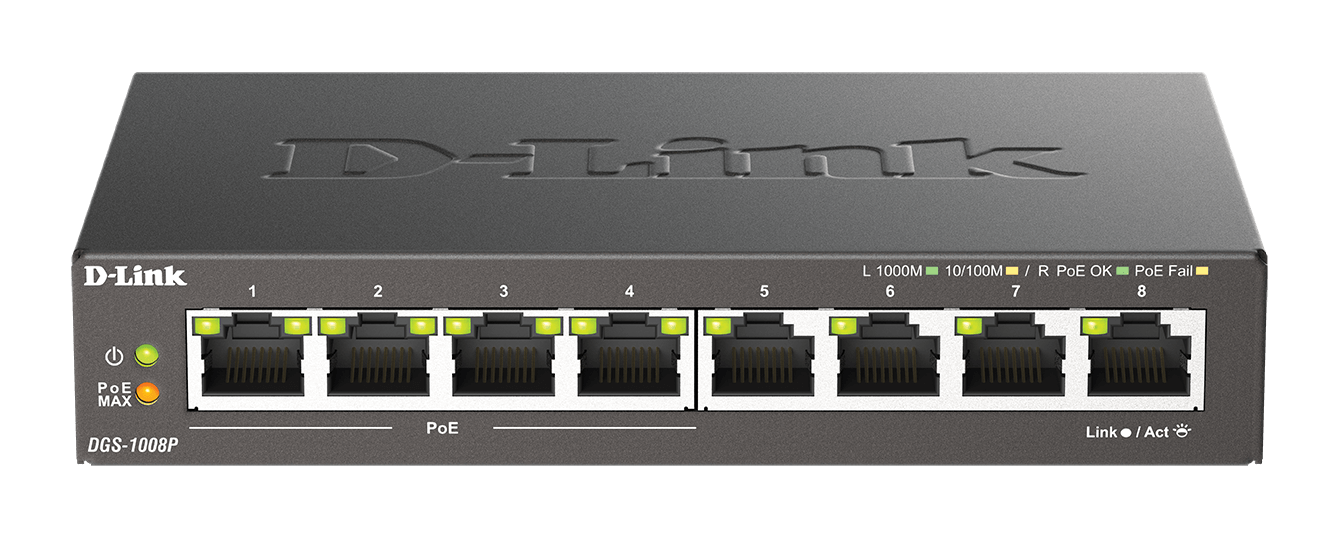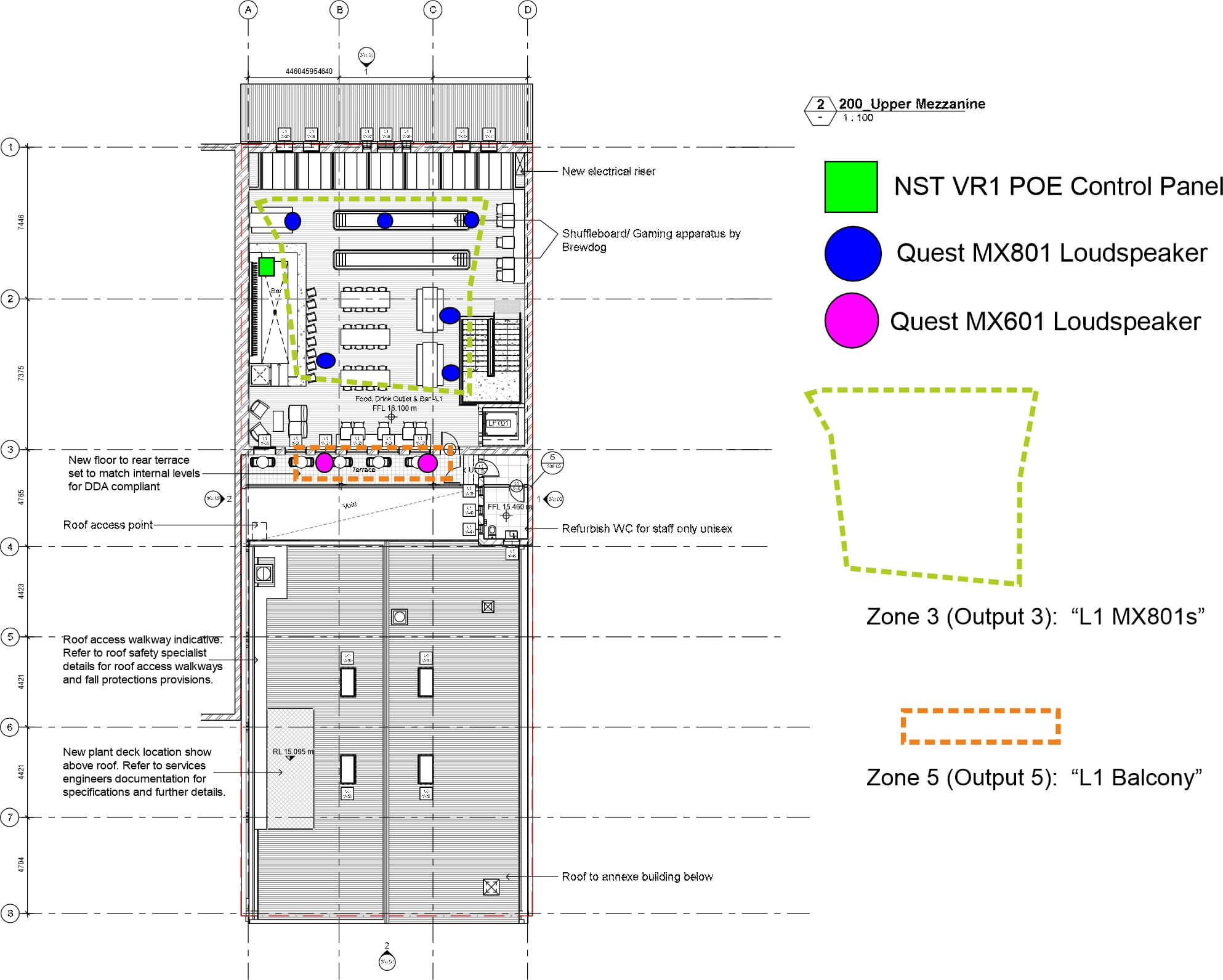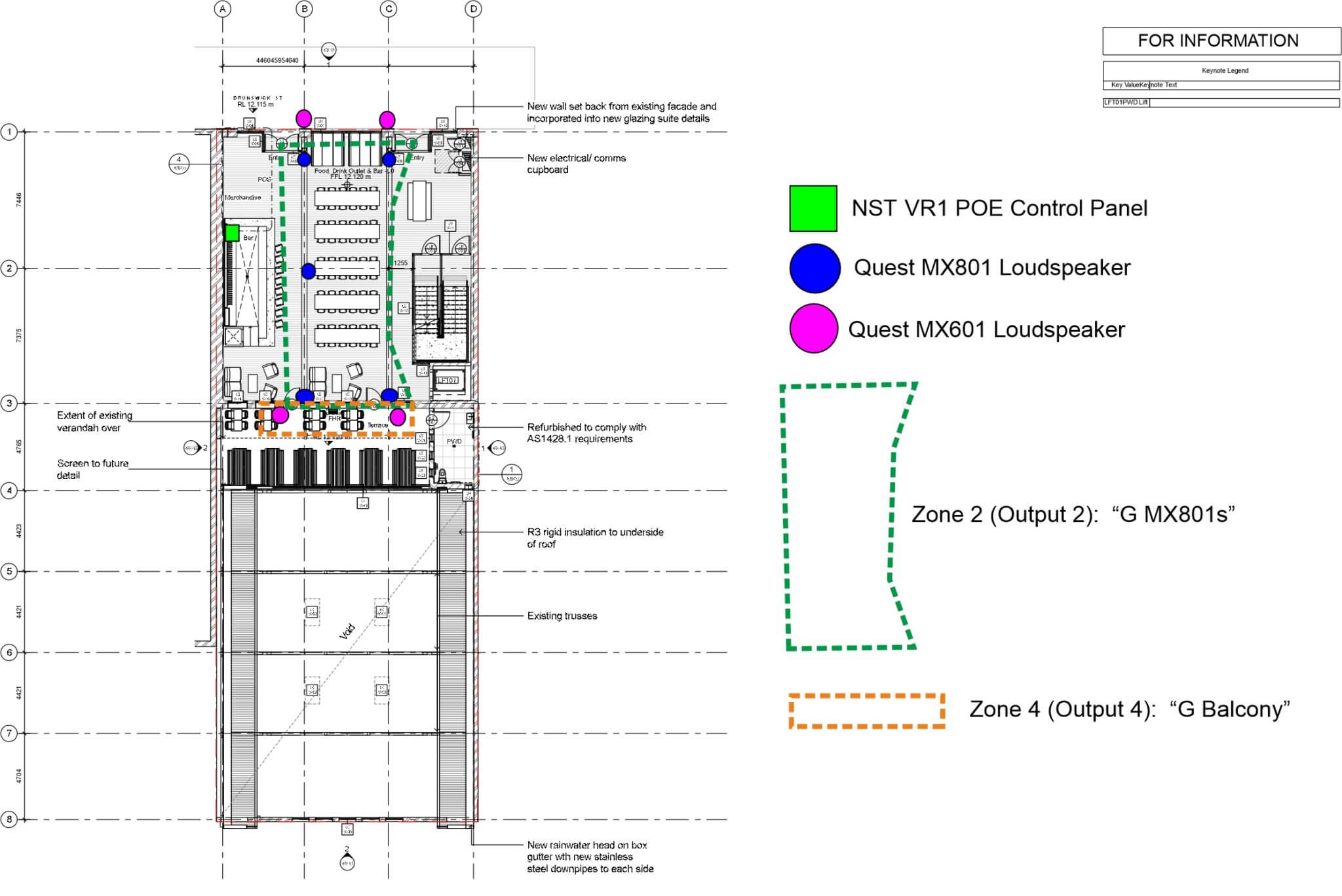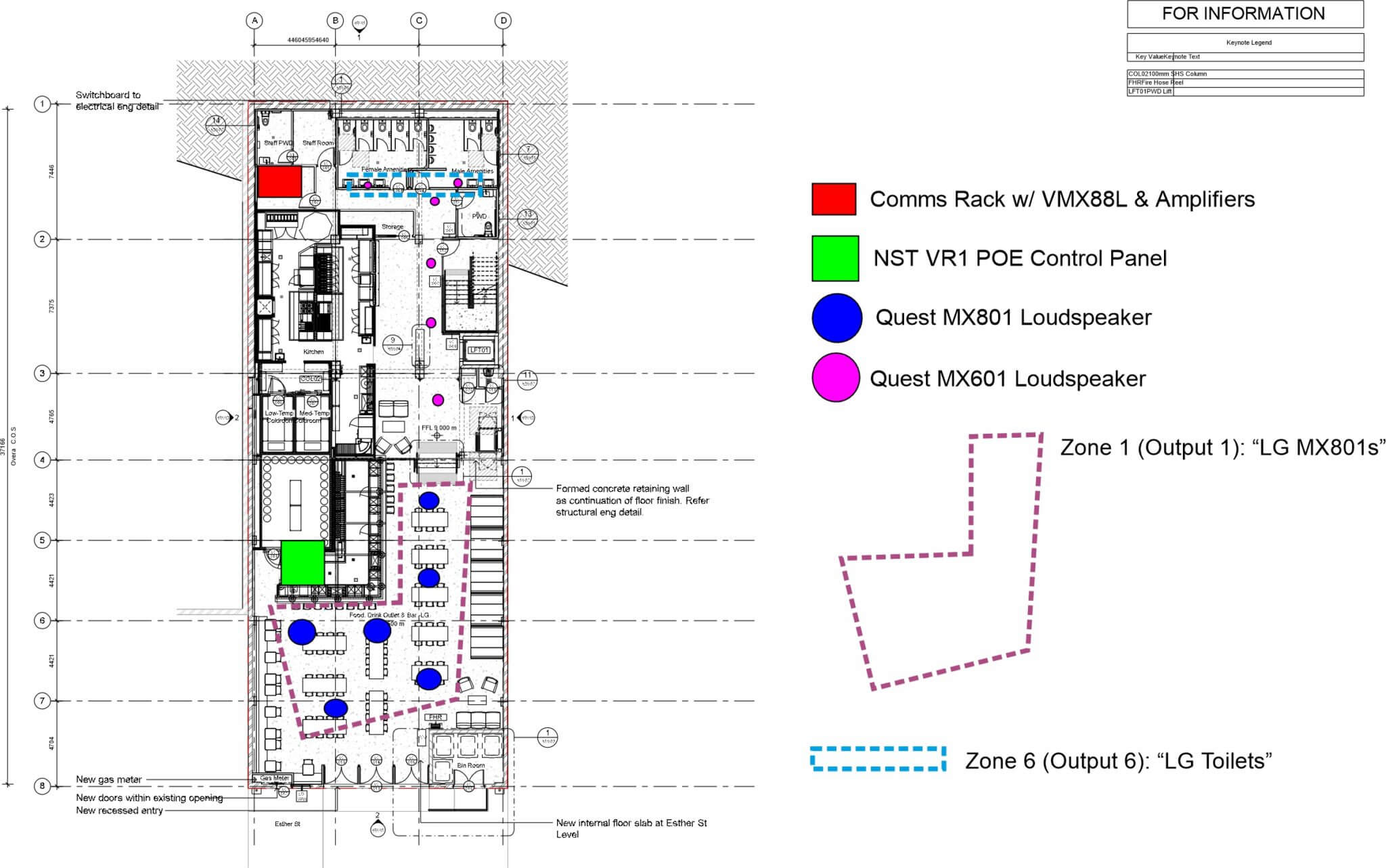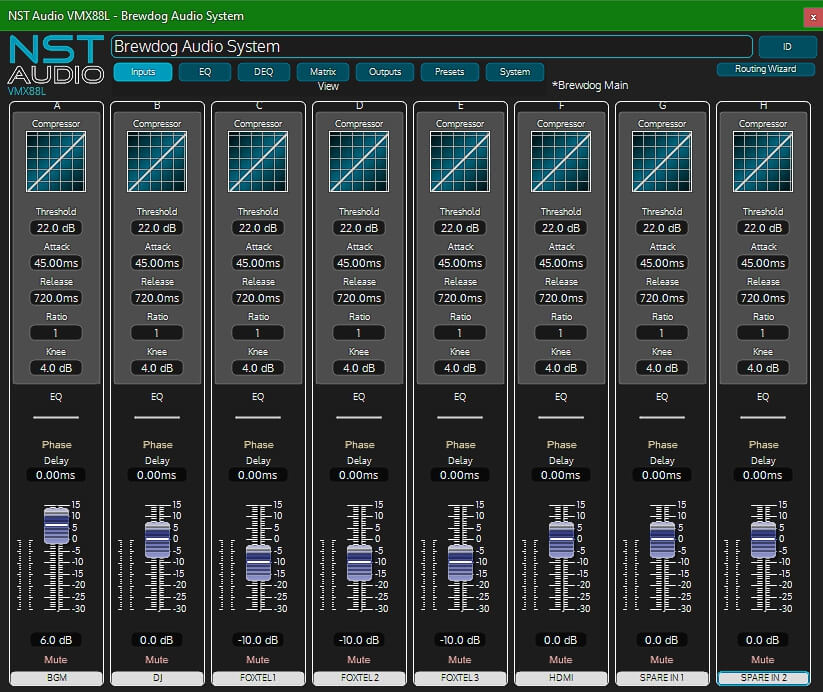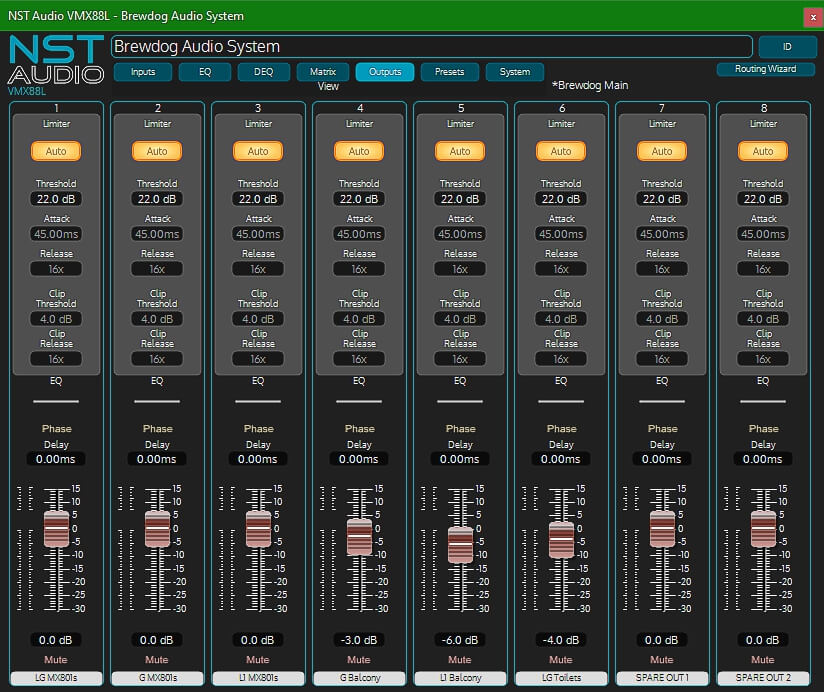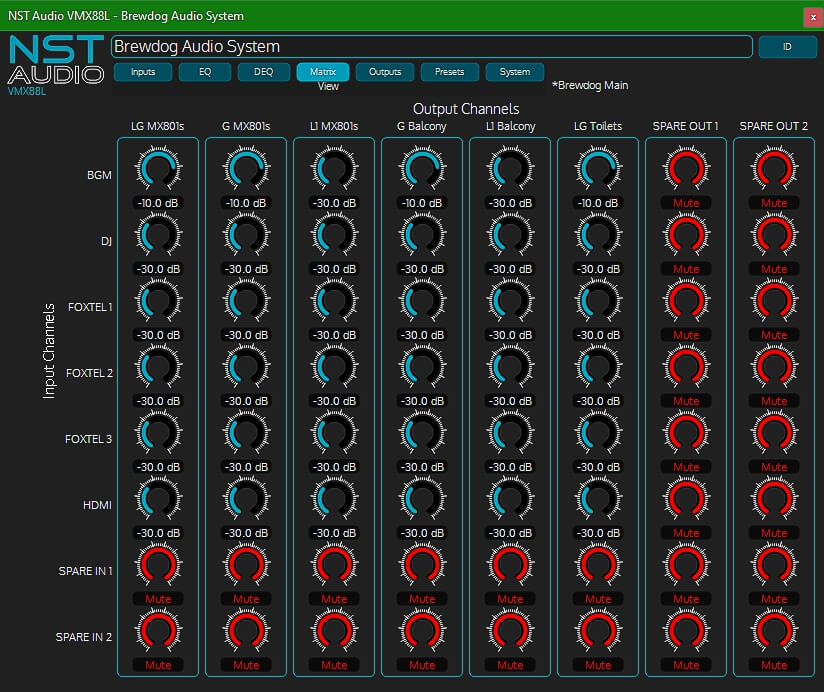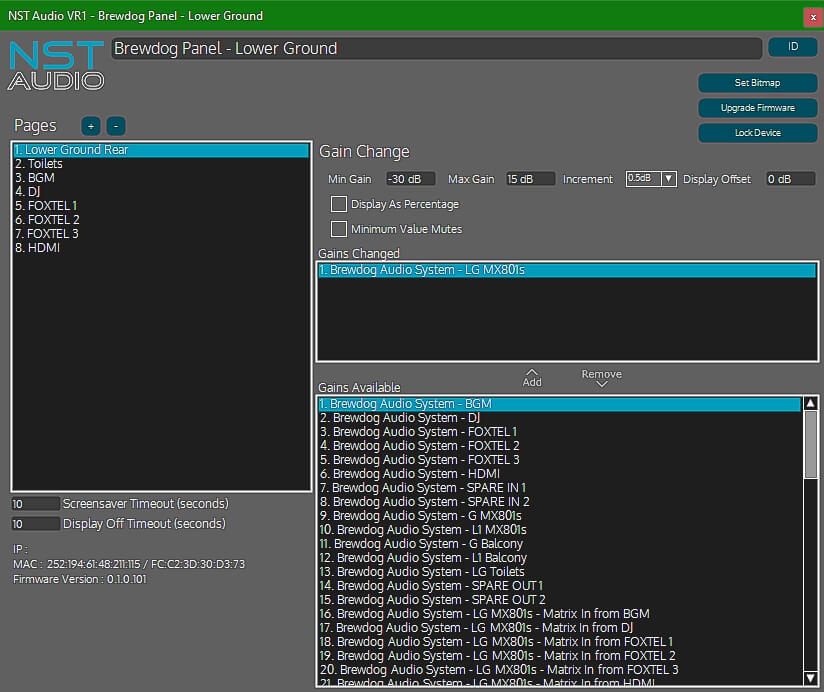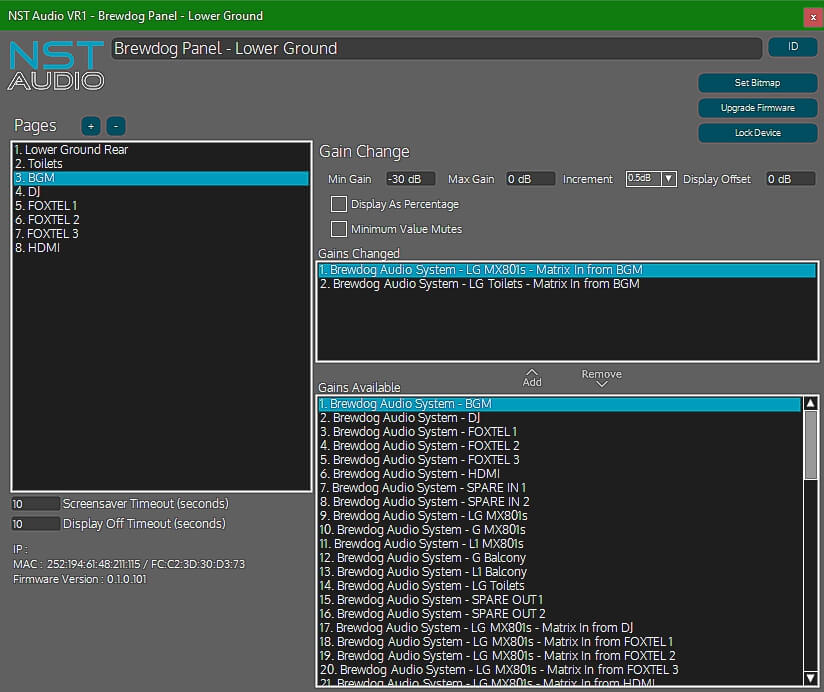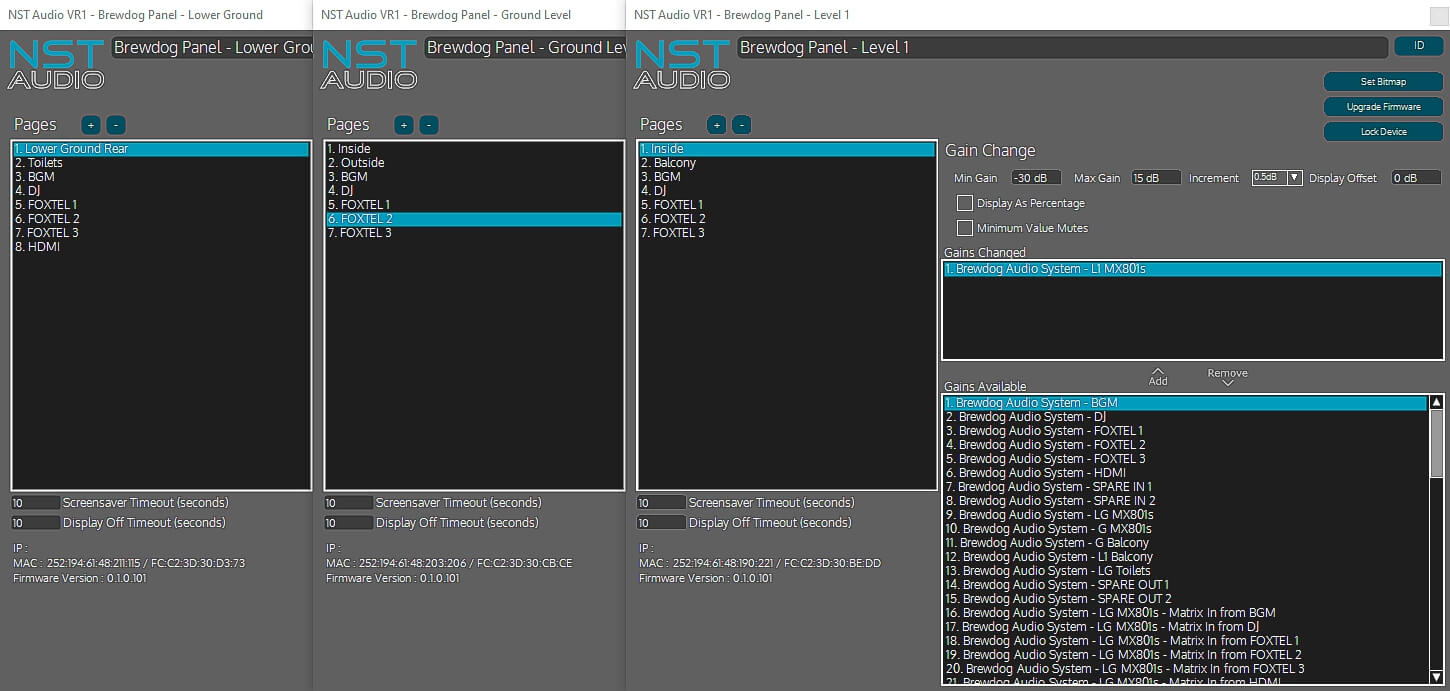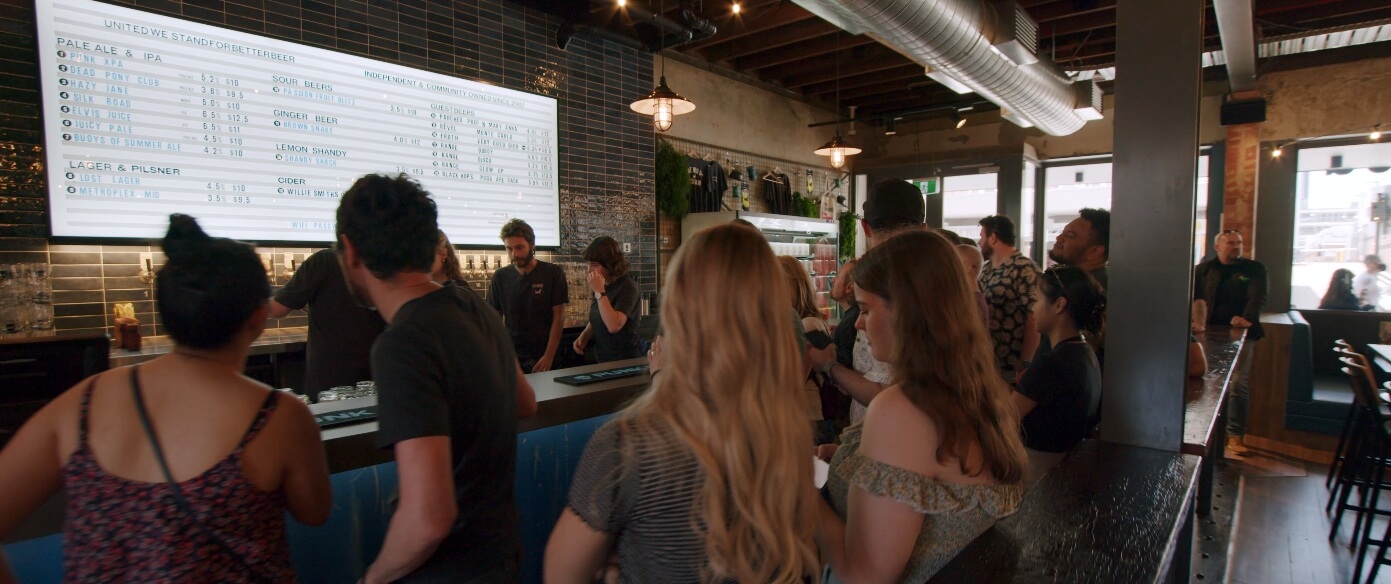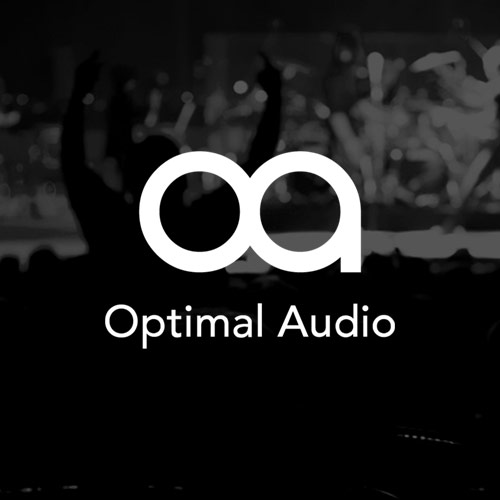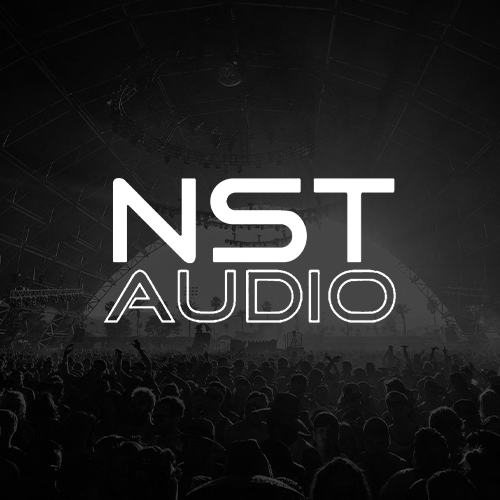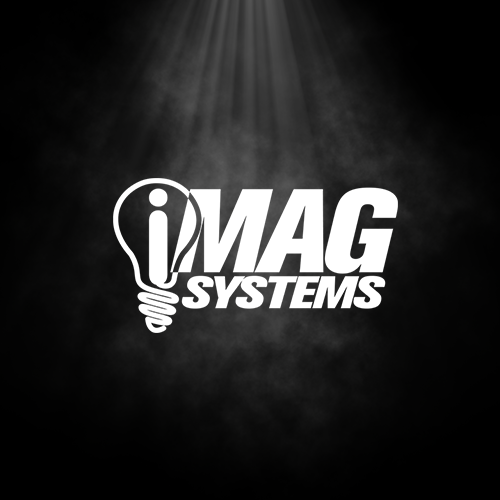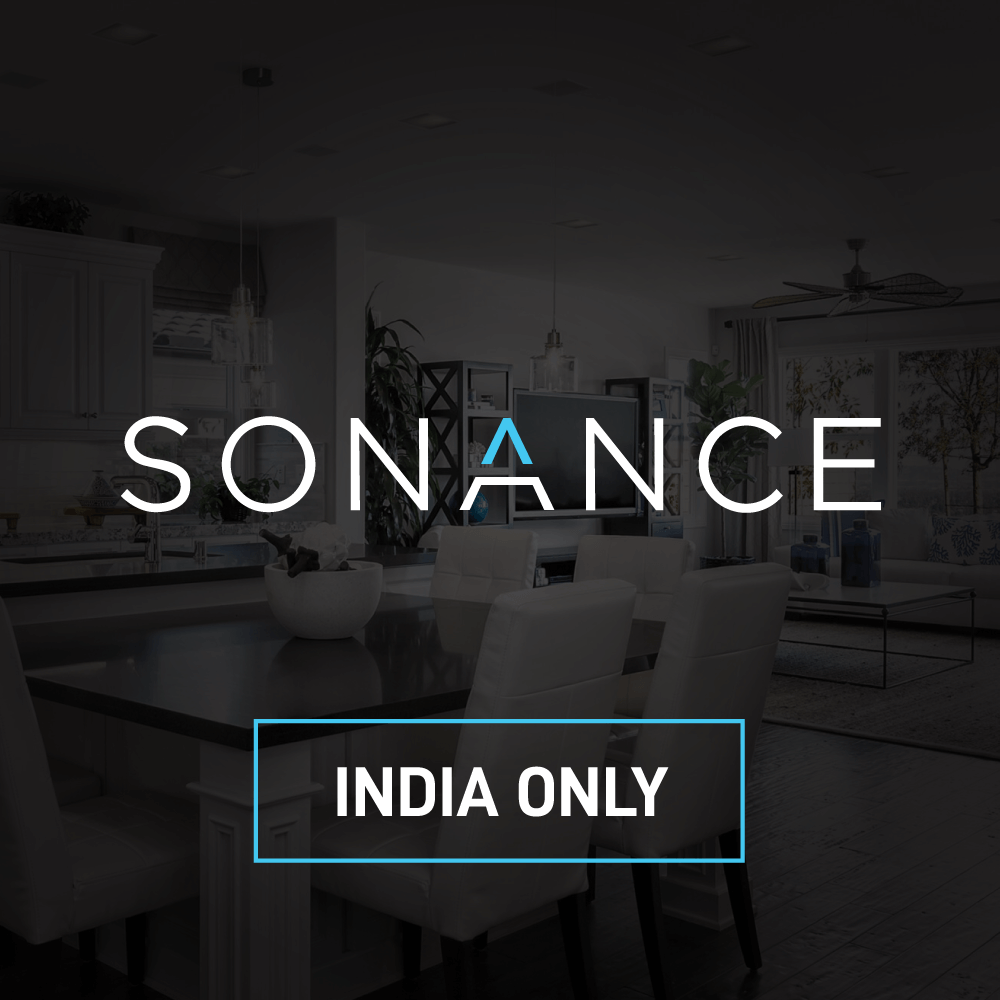Tenpin Dudley is one of 51 entertainment centres in the UK run by Tenpin Ltd. Although the popular venue’s primary focus is on its 28 bowling lanes, additional facilities include a licensed bar, arcade machines, live sports TV coverage, soft play area, pool tables, and 2 karaoke rooms which can accommodate up to ten customers each.
Always seeking to improve the experience of its guests, Tenpin wished to upgrade the audio system at the venue with a focus on improving control of distributed background audio across its different zones. Experienced integrator and regular Tenpin supplier Perfect Octave was engaged to deliver a high-quality, best-fit solution that would offer simple, intuitive operation for the venue’s staff.
Perfect Octave’s Peter Sheppard recommended an Optimal Audio solution:
“I discovered Optimal Audio’s products having attended one of their open days not long after the brand launched. Obviously, the connection with Martin Audio as part of the Focusrite group was a good indication that this new commercial audio brand would be of a very high standard, and I wasn’t disappointed. The Optimal Audio Zone 8 controller was the perfect choice for the Dudley site.”
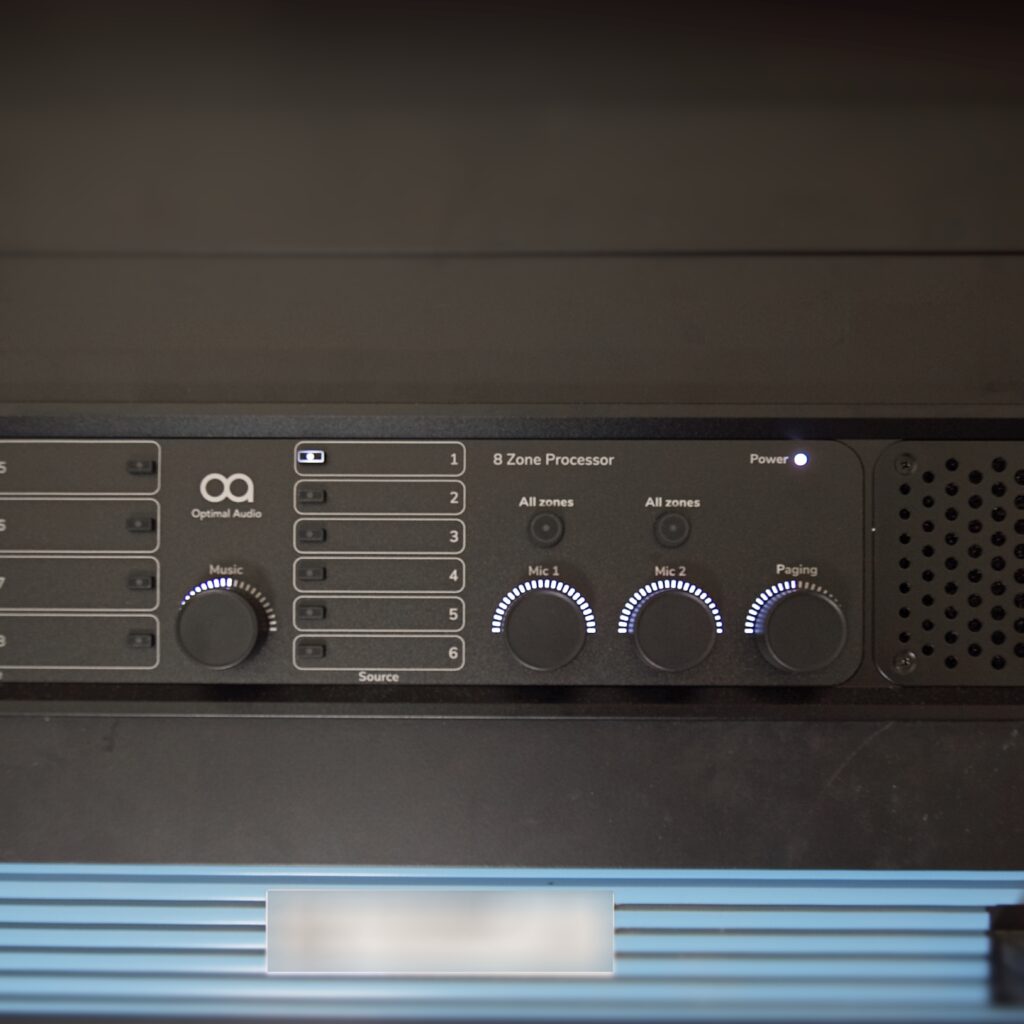
Optimal Audio’s Zone 8 with DSP and WebApp presents users with a full suite of audio controls for up to 8 zones with fully flexible signal routing. With 2 mic, 4 stereo line and 2 HDMI inputs, Zone 8 has all the necessary I/O within a very competitively priced package. It enables easy configuration and everyday operation allowing the user to independently allocate sources across 8 configurable zones. Each zone can be configured for precisely what is required using the intuitive WebApp, including EQs, speaker presets, structured time of day routines and more.
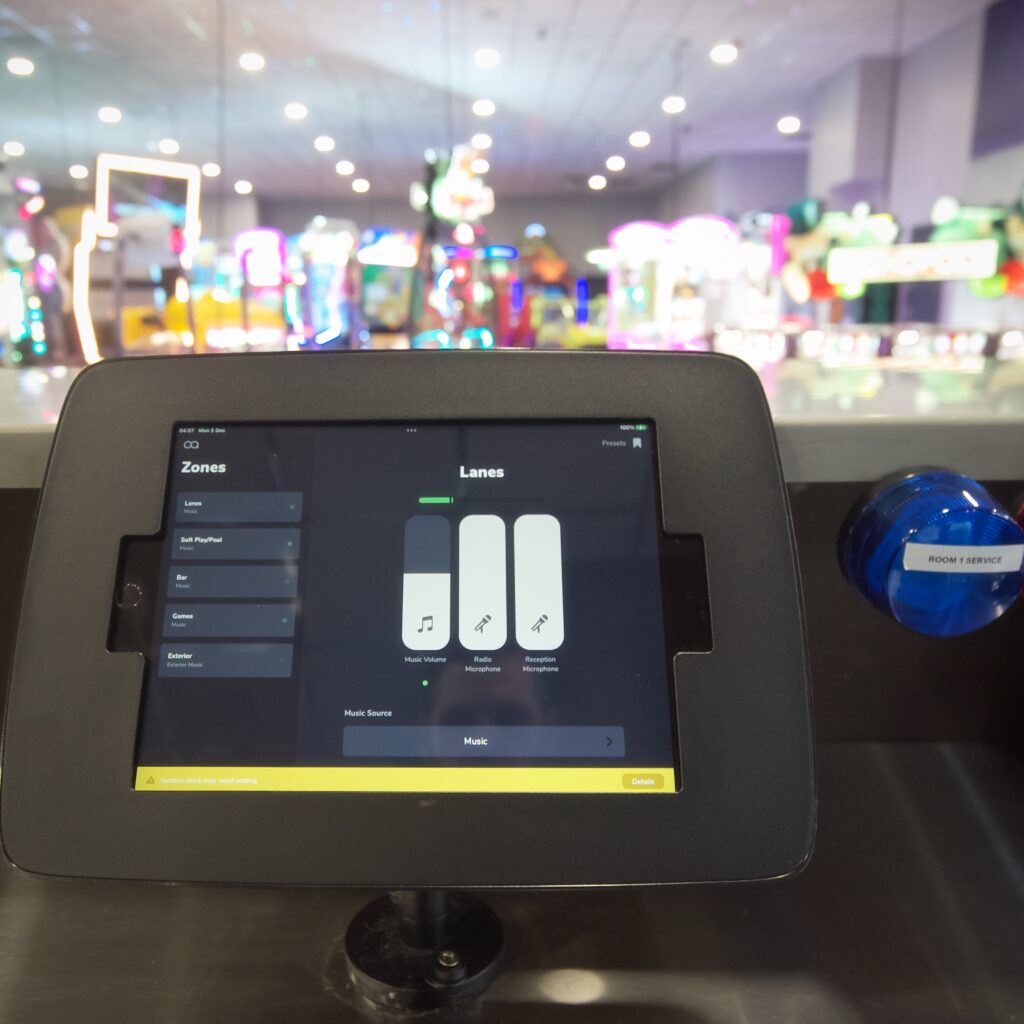
As well as being designed to work seamlessly with products in the Optimal Audio range, Zone 8 can also be conveniently deployed to work with third-party products, and at Tenpin Dudley, Perfect Octave integrated the unit into the venue’s existing infrastructure using OSC. Using WebApp’s simple digital interface which hides any unnecessary information, members of staff were easily able to take control of the system. From a troubleshooting point of view, remote monitoring was important for Perfect Octave, so the Zone 8 was connected via VPN to enable easy maintenance.
Although the greater part of the system at Tenpin Dudley was already catered for in terms of loudspeakers, Perfect Octave recommended replacing the units in the karaoke rooms with Optimal Audio Cuboid 8 loudspeakers to improve the enjoyment of singers and listeners alike. Peter Sheppard comments:
“The Cuboid speakers are conspicuous for how great they sound and look. They’ve significantly elevated the experience in the Karaoke rooms at the venue, and we’re looking forward to using the IP54 rated Cuboid 3 and 5 units on future ventures.
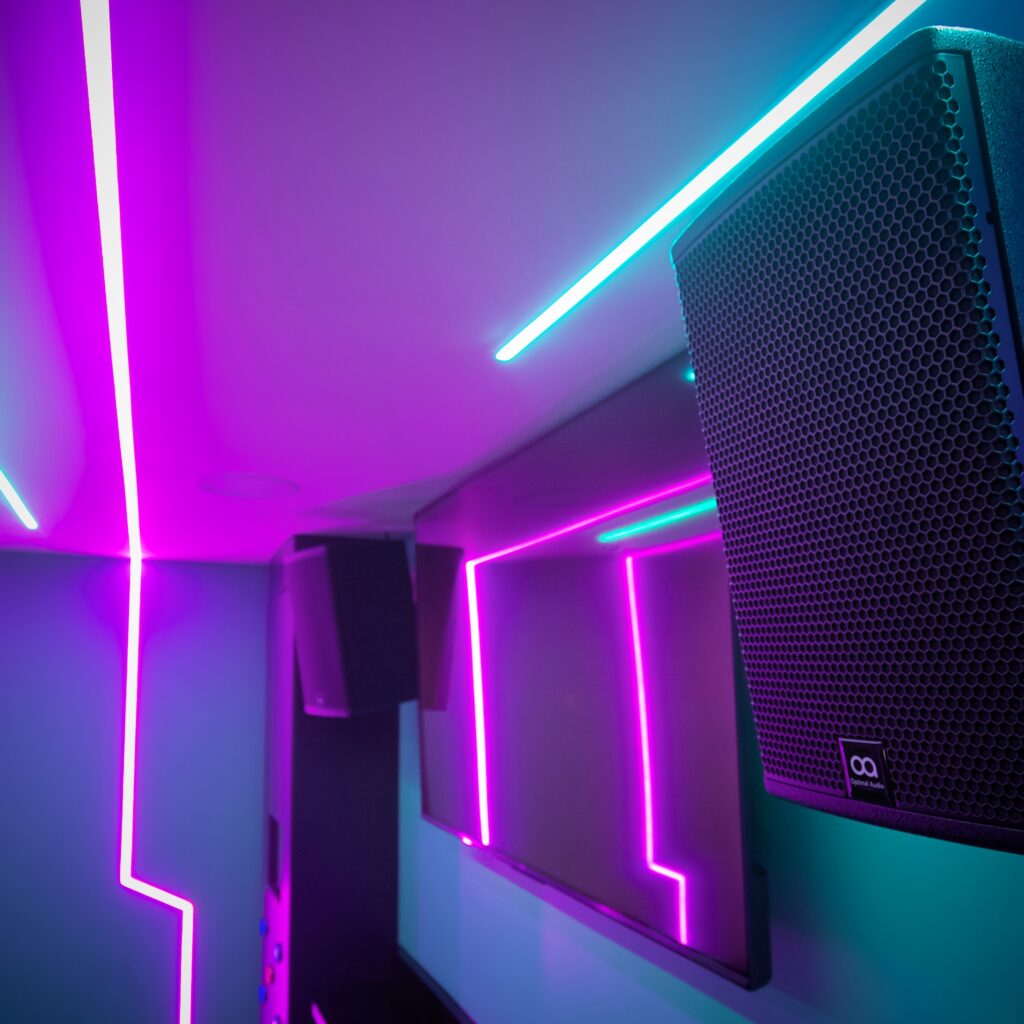
The team at Tenpin Dudley is happy with its upgraded system, finding it to be reliable and easy to use. Underlining the success of the install is the fact that Optimal Audio solutions are currently destined for another 8 Tenpin sites in the hands of Perfect Octave, with more planned. In general, the smaller and medium Tenpin sites will be catered for using just the Zone 8 unit – on larger sites where the control requirements include lights and other elements, Zone and WebApp can be integrated with third party control solutions for seamless application.
Matt Rowe, Engineering Manager at Optimal Audio reflects on a successful installation:
“At Optimal Audio, our aim from the outset was to de-mystify much of the complexity faced by end-users in commercial audio settings. The market was crying out for easy to use, intuitive solutions that could be operated by busy members of staff in retail, hospitality and entertainment settings, such as Tenpin, without the need for extensive technical knowledge or training. Perfect Octave’s deployment of Zone 8 at the Dudley venue amply illustrates just how effective it can be as a control system in this type of environment. We were really pleased to see the Cuboid 8 speakers chosen for the karaoke rooms – Perfect Octave has already expressed an interest in using the full range of Optimal Audio loudspeakers on a number of future installs.”

